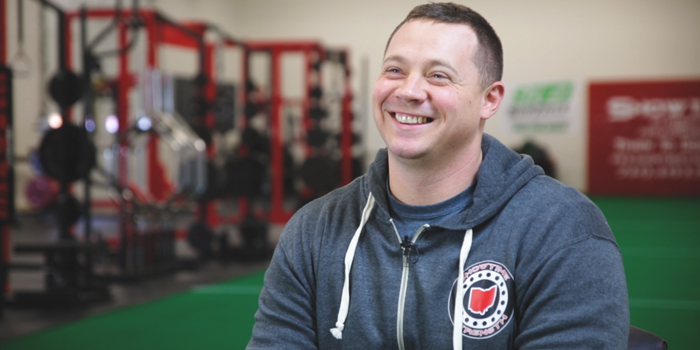
Every winter, many softball teams find themselves following a strength and conditioning plan, or at least some form of team conditioning. The interesting thing is what happens once the teams go into the competitive season. They use the strength training and speed work to prepare for the season, but then once the season begins, many athletes try to maintain their abilities without maintaining the same level of physical training. Many coaches struggle in states like Ohio because of unpredictable weather, and it is hard to set aside time for just weight room training. Training during the season is not only a good idea for the teams that will play longer seasons, but it will also become increasingly important as time goes on.
WATCH: The Vision and Growth of Showtime Strength and Performance
Let's use an example. Your team trains from October to February, two to three days each week. The season begins and you have games all February, March, April, and most of May for tournaments. Now we have a predicament where, when you need your highest level of performance, your team is in the most detrained state they’ve been all calendar year. This not only hurts your team's chances of winning in the post-season but as demands increase on the players, you're risking an increased chance of injury.
To deal with this problem, this article will give outlines for both teams that can get in the weight room and teams that have to do on-the-field training throughout the season.
In-Season Training Guidelines:
- Reduce or Cut Out Sprints: Let the practice and games take care of sprinting and reduce the impact on joints during this time.
- Replace Most Olympic Lifts and Jumps with Medicine Ball Throws: These are lower impact.
- Keep Intensity High and Reduce Volume: You can still train at a high intensity in-season, but the volume, especially on accessory exercises, should be monitored closely.
- Use Accommodating Resistance to Reduce Bar Weight: This will keep the athletes lifting heavy without beating them down.
- Keep Training Sessions Short: They should last no longer than 45 minutes.
- Utilize Smart Warm-Ups: At this time, the warm-ups should be designed to prepare the entire body for different movements.
- Keep Conditioning Low Impact: If you're doing conditioning, try to make it lower impact (sled drag, loaded carries, etc.) rather than running repeated sprints.
- Monitor Body Language and Attitude: Pay attention to your athletes. This will help immensely in designing workouts.
- Focus on Weak Areas by Sport: You should focus on weak areas that are common to the sport (hamstrings, upper back, abs).
- Avoid Eccentric and Isometric Training: These create soreness that isn't needed during the season.
- Use Boxes and Boards: Adding these to the lifts will take away the stretch reflex and decrease soreness.
- Quality Over Quantity: Be strict with the quality of movement. Don't just go through the motions.
- Use Specialty Bars: If these are available to you, use them to minimize stress on the shoulders.
In-Season Training Myths:
- Light Weight and High Reps: This can actually create more soreness
- Bodyweight or Dumbbell Only: You should use more tools, not fewer.
- Run More: Save running for games and practice.
- Low Intensity: You should keep the intensity up but can drop volume depending on the game schedule.
- Training Leads to Overuse: Most training should be focused on commonly weak muscle groups that are neglected because of repetitive motions in sport.
- The Team Doesn't Have Time: There are teams who make time. If you aren't doing it, it simply means it isn’t a priority in planning for the team.
Sample Rotation
The training during this period doesn't have to be a lot of work, but if done consistently throughout the season it will pay huge dividends for the teams who have to play further into late spring. A two-day per week training schedule is good for this time of year. We will first look at teams who have weight room access during season.
Week 1
- Day 1 — Max Effort Lower
- Day 2 — Dynamic Effort Upper
Week 2
- Day 1 — Dynamic Effort Lower.
- Day 2 — Repetition Effort Upper
Week 3
- Day 1 — Repetition Effort Lower
- Day 2 — Max Effort Upper
During in-season workouts, we want to keep the number of total movements to six or fewer depending on the intensity of each exercise. Remember to focus on quality, not quantity. The biggest concern becomes game schedules. If this becomes an issue, I would place a dynamic effort workout the day before a game and repetition days after games. The max effort truly can be the day before or after games because the volume should be low and not taxing to the athlete. This should be communicated between the athlete and coach to avoid any potential for overtraining. This three-week cycle can be repeated throughout the entire season. By doing this, the athletes can continue to make progress during the season when teams who aren’t keeping a training plan might begin to fall behind. With players who might not be getting as much time on the field, they can raise their volume on main lifts and accessory exercises.
Now, for teams that will not have access to their weight room during the season, there are ways to do on-field workouts. Admittedly, these aren't optimal and can be hard to progress with load and intensity. But these workouts will serve much better than the alternative of doing nothing with your team for three to four months. Below are some circuits that you can perform as a team. These will hit major areas and movements to keep athletes healthy and require minimal equipment. These circuits can be performed for one to three sets and either done for reps or for time. Either way is fine. These are full body workouts and will not take very long to perform.
For years, one of a softball coach’s biggest fears has been letting their players train in-season and then be sore for game time. The truth is, if a team develops the habits of training year-round, there will not be sore athletes. The same coaches who fear soreness from strength training have their players run miles throughout the week. It’s time to rethink what the players need. If softball is a very power-based anaerobic activity, does it ever make sense to run a mile in-season?
The rotation above is exactly how our softball players have trained in-season for the last four years with great success. We have had girls who increased their max strength during the season and we have had girls who were able to perform dynamic effort work faster at the end of a season than the beginning. Now compare that to the softball players who take four months off. Like any other sport, the better the team, the better prepared they need to be to endure a longer season against tougher competition. Simply by getting constant feedback from athletes, you will be better able to gauge how the workouts should be for that session, week, and month depending on games, practice, school schedule, etc.
If you have any questions about strength training for softball players in-season or out of season, please let us know and we will gladly help you and your team!









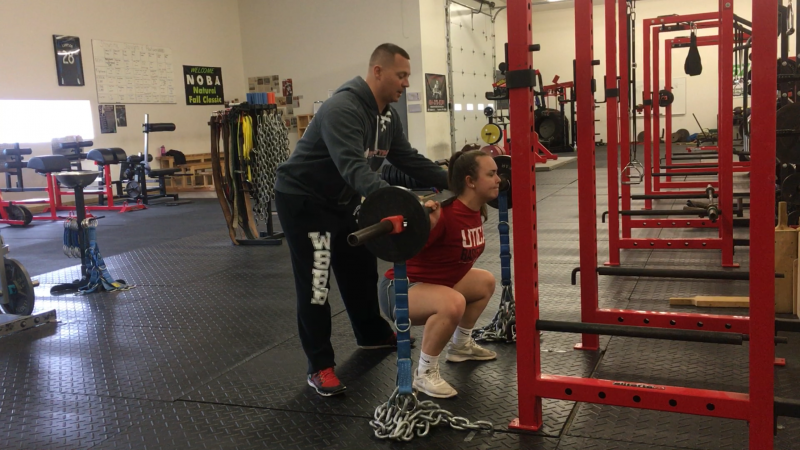
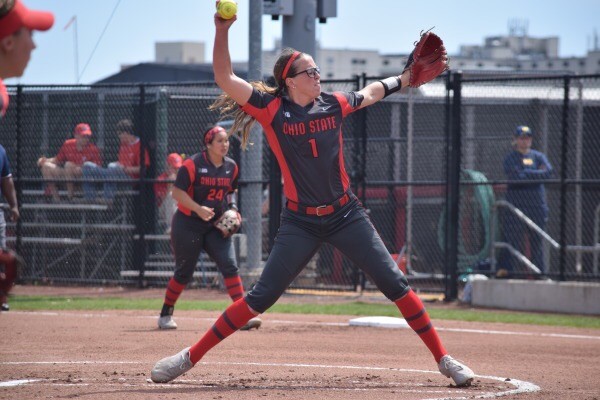
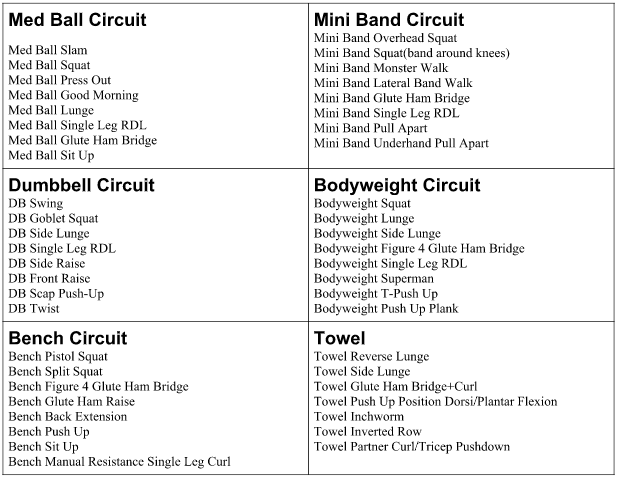
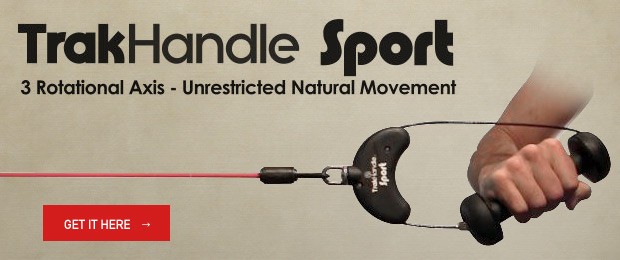
California is starting to change the paradigm when it comes to the needs to a softball/ baseball athlete. Only because they don't agree with multi-sport athletes still. The reason of course is they will "miss out on showcases" which they have a point (to a certain extent). The closest thing we can do to those athletes is get them in a training facility and provide proper injury prevention, education and performance for long term play.
How often do you utilize olympic lifts to softball/ baseball athletes? What are the prerequisites and do you keep close to some exercises and stay away from others (when it comes to olympic lifts)?
Again thank you for the content. Means a lot.